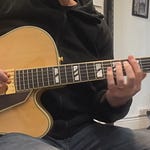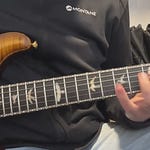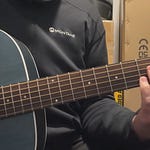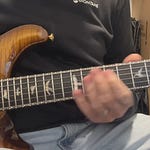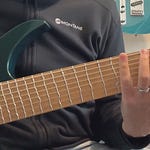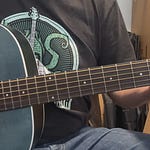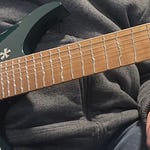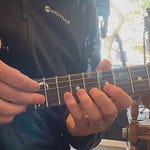The close proximity of the frets and fingers whilst playing up in the ‘dusty end’ of the upper fretboard, and the limited use of it by so much of the popular playing you will do on your journey, make…
Listen to this episode with a 7-day free trial
Subscribe to The Guitar Practice to listen to this post and get 7 days of free access to the full post archives.



